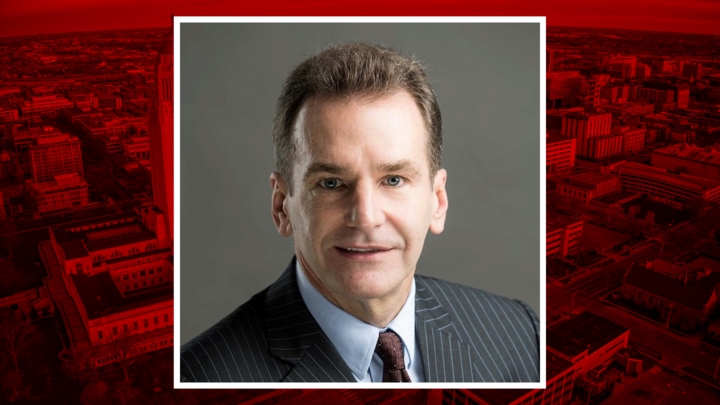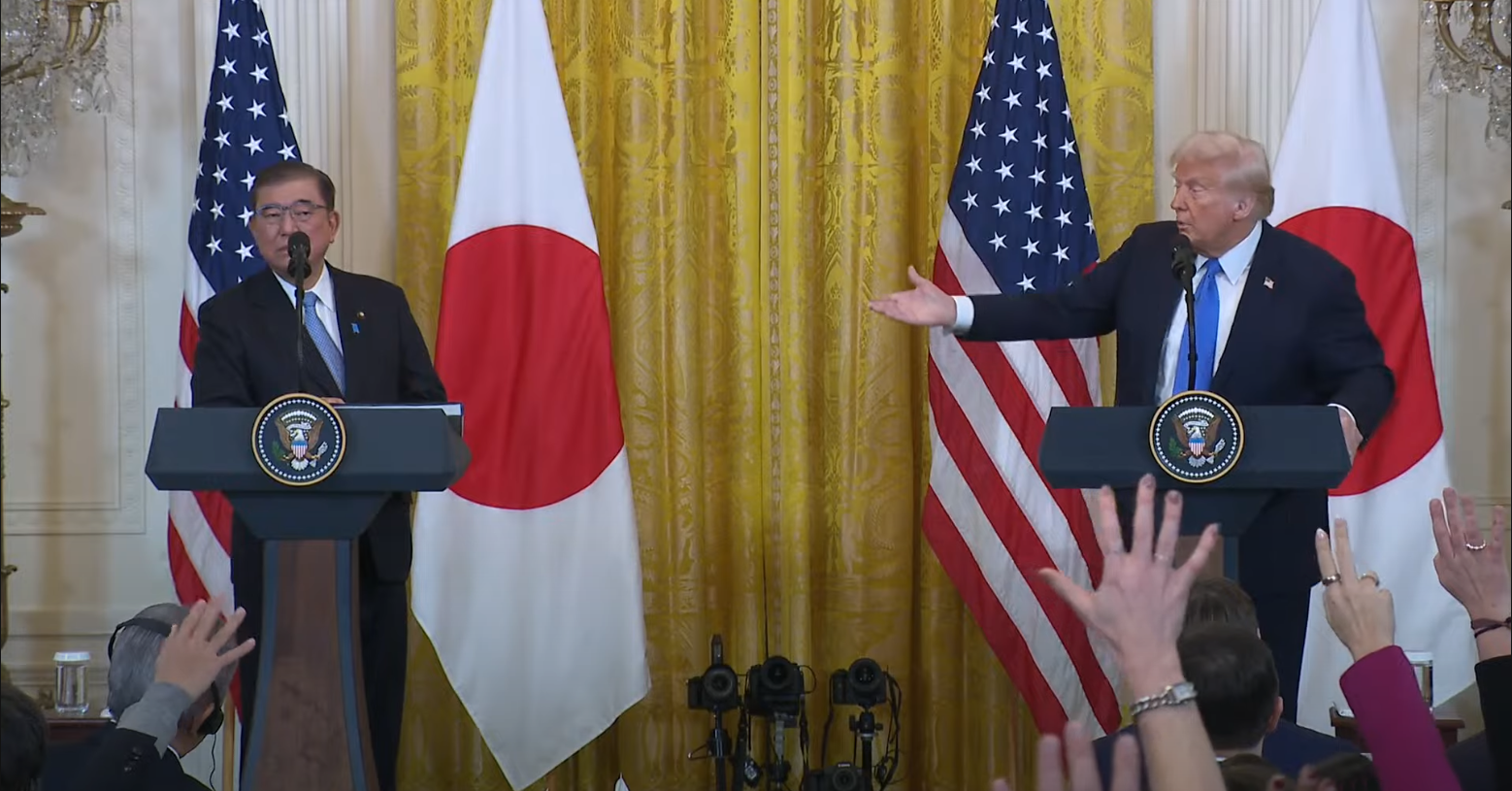July 28, 2025
Anyone hoping that President Trump’s July 9th “deadline” to conclude reciprocal tariff negotiations would bring a definitive close to the trade volatility and tariff uncertainty hanging over global business would have found themselves sadly disappointed. The deadline has come and gone, and rather than the “90 deals in 90 days” promised by the administration, we have seen only a trickle of vague “framework” agreements. Thus far, such deals have been announced with the UK, Vietnam, Indonesia, the Philippines, and Japan.
For those countries that have not reached agreement with the US, the negotiation deadline has been extended to August 1st. The EU and 24 countries have received letters from President Trump “informing” them of the tariff level they will face (mostly in line with what was announced on “liberation day” on April 2nd) if negotiations are not satisfactorily concluded.
The framework agreements that have been concluded thus far provide for some level of tariff relief. The UK’s 10% baseline reciprocal tariff was left in place, but it will face reduced sectoral tariffs on autos and steel. Vietnam’s reciprocal tariff was reduced from 46% to 20%, Indonesia from 32% to 19%, the Philippines from 20% to 19%, and Japan from 25% to 15%. There also appear to be commitments to purchase US products, provisions aimed at applying pressure on China, and increased market access for US products.
Either as part of these agreements or as separate side deals, countries have committed to substantial purchases of US agricultural products, with Vietnam pledging to spend $3 billion, Indonesia $4.5 billion, and Japan $8 billion. While the exact product mix varies from country to country, corn, soybeans, and wheat feature prominently.
Extreme caution is in order when parsing any of these “agreements”, however. Critical details are almost entirely lacking, much of the information we do have comes from ambiguously worded social media posts subject to multiple interpretations, and additional negotiations are still required to turn these bare-bones “framework deals” into finalized trade agreements. The ultimate agreements could end up looking quite different from how they appear today, or in the worst case, could unravel entirely if follow-on negotiations fall apart.
The negotiating process with Japan is, however, worth a closer look given its position as a major export market for Nebraskan beef, corn, pork, soybeans, and wheat, as well as what it might tell us about prospects for a trade détente with other countries.
Hopes—if not expectations—were running high prior to the July 9th deadline that the US and Japan would be able to close a deal. Japan was one of the first countries to intensely engage the Trump administration after the reciprocal tariff announcement and Prime Minister Shigeru Ishiba invested heavily in attempting to build a personal rapport with President Trump, perhaps inspired by the success of his predecessor Shinzo Abe in bonding with Trump over their shared love of golf.
Golf buddies or not, negotiations hit an impasse, principally over the US insistence that Japan further open its historically sensitive rice sector and provide greater market access for US automobiles. The July 9th deadline arrived without an agreement in place, and both sides appeared to dig in their heels. President Trump called Japan “tough” and “spoiled”, while PM Ishiba restated his commitment to safeguard the interests of Japan’s rice and automotive sectors.
A further complication was added to the mix on July 20th, when Ishiba’s ruling LDP party suffered a major defeat in Upper House election, thereby intensifying pressure on Ishiba to hold a hard line.
The deal that was ultimately struck on July 23rd contains a highly unusual provision in which Japan is to establish a $550 billion fund for investment in the US to be directed by President Trump, with 90% of the profits going to the US.
To call this unprecedented would be a wild understatement, but it seems to have been necessary to seal the deal. Japan offered only somewhat nebulous commitments to “open” its market for rice and autos. Japan’s astronomical tariffs on rice will remain in place, although other means will be found to increase purchases from the US. Japan’s automotive standards will not be applied to US cars, although there is debate over the extent to which standards are the real impediment to US car sales in Japan.
As negotiations continue and further details emerge on the Japan deal, Nebraska exporters will have to assess several questions. Can the “framework" be converted into a final “deal”, will its provisions have concrete, practical impact, and will this be an enduring agreement fully implemented over the long term or will it fade into irrelevance as did the Phase One agreement reached with China during Trump’s first term?
More broadly, the fact that these two longstanding allies, with a hand-in-glove security relationship and deeply integrated economies, had to struggle this hard to put even just a shaky floor underneath their trade relationship raises questions over the trajectory of US trade relations with the rest of the world.
While much remains uncertain as negotiations with multiple countries continue, Nebraska exporters should expect that volatility will remain a fixture on the trade landscape for the foreseeable future. Additional framework agreements are undoubtedly on the way, but until specific operational details are hashed out and these accords are actually finalized and implemented, it will be tough to judge what has actually been accomplished.
Opinions expressed are solely those of the author and not the Yeutter Institute or the University of Nebraska-Lincoln.

Stephen Olson is a Non-resident fellow and visiting lecturer for the Yeutter Institute and a senior adjunct fellow at the Pacific Forum.
Trade Matters Newsletter
Enjoyed this blog? Sign up for our newsletter to stay informed on the latest trade updates and events from the Yeutter Institute!
